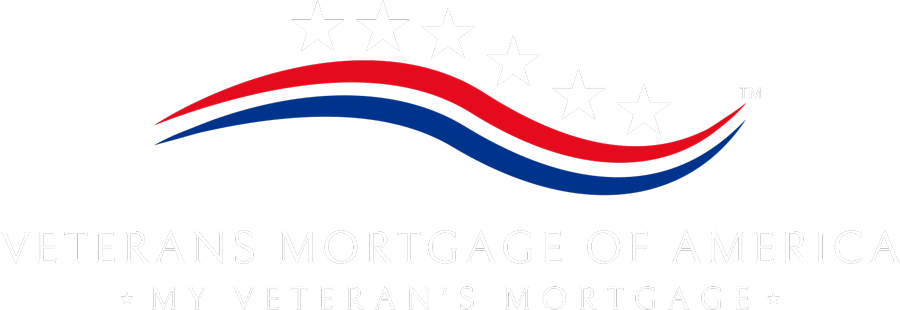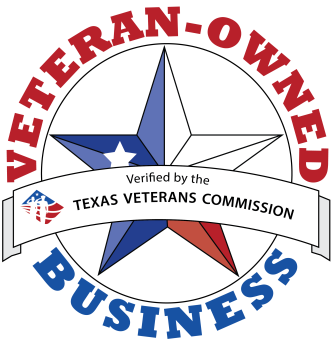
For many veterans, the VA home loan benefit is one of the most powerful tools available to achieve homeownership. But what happens when you want to buy a home with someone who isn’t your spouse—or isn’t a veteran at all? That’s where joint VA loans come into play.
Unfortunately, not all lenders offer joint VA loans, which can make it difficult to know what your real options are. At Veterans Mortgage of America, we believe in helping you understand the full scope of your benefits—so let’s break down how joint VA loans work, when they make sense, and what costs are involved.
What Is a Joint VA Loan?
A joint VA loan allows a veteran to apply for a mortgage with another person—this can be:
- A non-veteran (such as a partner or family member),
- Another veteran who isn’t a spouse, or
- A spouse who is using their VA entitlement.
Unlike traditional VA loans (which are typically only between a veteran and their spouse), joint loans involve more underwriting considerations and risk-sharing between the VA and private lenders.
Scenarios Where Joint VA Loans Are Useful
Here are a few examples where a joint VA loan might be the right option:
- Veteran + Non-Veteran Partner: You want to buy a home with a long-term partner who is not a veteran or spouse.
- Two Veterans (Not Married): You and a fellow veteran want to co-buy a home and both use your VA loan benefits.
- Veteran + Family Member: You’d like to purchase a home with a parent, sibling, or child who isn’t a veteran.
- Veteran + Spouse (Both Using Entitlement): The veteran uses their VA benefit while the spouse, also a veteran uses their own VA entitlement.
Note, a non-veteran co-borrower does not have to occupy the home, but and veteran using entitlement must occupy the home.
Key Considerations
Before you move forward with a joint VA loan, there are a few important things to keep in mind:
- Lender Limitations
Many lenders do not allow joint VA loans due to the added complexity. Be sure to ask upfront if your lender is experienced in processing these kinds of loans.
- Down Payment Requirements
If a non-veteran is on the loan, the VA won’t guarantee their portion of the mortgage. This means the lender will require a down payment to cover the unguaranteed portion.
Example: If a non-veteran is borrowing 50% of the loan amount, the lender will require a down payment on that half. It is not 12.5% as many people believe, it is actually 14.286% down payment.
- Entitlement Split
When two veterans use a joint VA loan, their entitlement can be split evenly or proportionally, depending on how much each contributes. This helps preserve their future VA benefit eligibility.
- Credit and Income
Each borrower will be individually assessed for credit, income, and debt-to-income ratio. If one borrower has weaker financials, it could impact the loan approval or interest rate.
Additional Costs
While VA loans typically come with no down payment and no private mortgage insurance (PMI), here are some potential costs specific to joint loans:
- Down Payment: Required when a non-veteran is included.
- VA Funding Fee: Still applies to all veterans using entitlement, though some veterans are exempt.
- Closing Costs: Shared between borrowers or divided based on your agreement.
Final Thoughts
Joint VA loans offer flexibility for veterans who want to co-buy a home with someone outside the traditional VA loan model. However, they require more knowledge, more paperwork, and an experienced lender who can help navigate the unique process.
At VMA, we’re proud to support all eligible veterans—whether you’re buying solo, with a fellow vet, or with a loved one. Don’t let lack of information or limited lenders keep you from accessing your benefit.
Have questions about joint VA loans? Let’s talk. We’re here to help you make informed decisions every step of the way. Contact Jeff Wilson, President of Military and Veteran Lending, at 615.293.2775.





